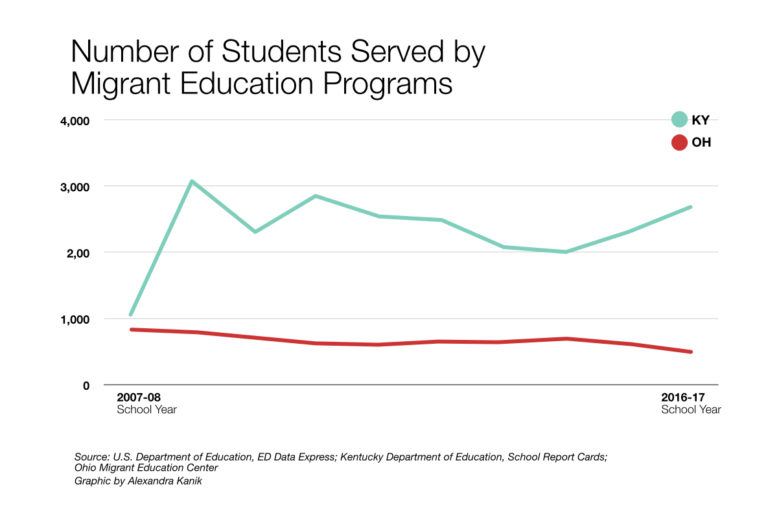News
Kids First: Teachers Put Immigration Politics Aside To Focus On Migrant Students
By: Nicole Erwin | Ohio Valley ReSource
Posted on:
“Be brave, have fun,” Jennie Boggess instructs as she leads a room full of young students at Camp Curiosity, hosted by the Daviess County, Kentucky, Public Schools.
Boggess is the development director for the Owensboro Dance Theatre and today she is preparing students for a finale performance to cap the four-week summer camp.
“The idea of being brave is sometimes difficult for kids between 4th and 8th grade,” Boggess said. “You start to worry about people who are around you, the fear sets in.”
It’s an important concept for children in any circumstance but especially so for the kids at Camp Curiosity. The camp is specifically organized for students in grades K-12 who are children of migrant workers.
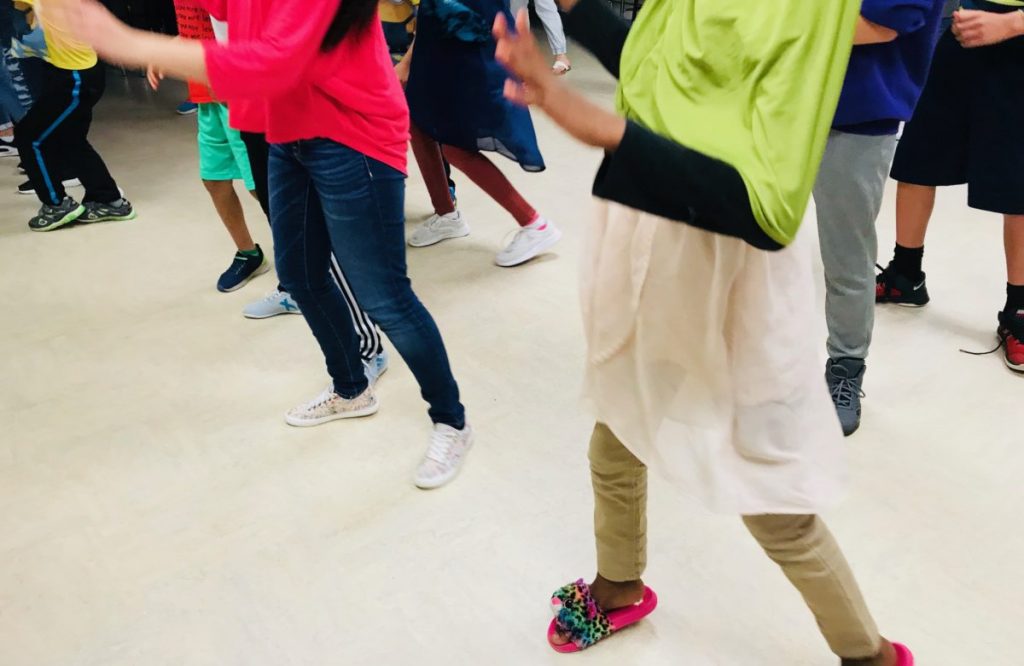
While the nation is focused on the treatment of immigrant children at the border, these teachers and others like them are setting politics aside to put kids first with education programs for migrant children. And program officials say the changing faces in their camps and classrooms offer some insights into the shifting demographics among migrant workers and their families.
Angeles’ Story
Boggess plays a remix of an old Will Smith hit, the theme to the “Fresh Prince of Bel-Air.”
“Now this is a story all about how, my life got flipped, turned upside down…”
These lyrics are significant to 17-year-old student Angeles Escalante.
“When it says ‘upside down,’ it’s like, I come from the down and now I’m on the up so, it’s like that,” she said.
Escalante left Honduras several years ago with her mother and sister. Her two older brothers remain in a country Escalante says is fraught with violence.
“I was seven years old and I was saying, ‘I’m going to die in Honduras, I’ll never get out of Honduras,’ and look at me, I’m here!” she said.

Escalante’s mother and father divorced, leaving her mom in charge of caring for the kids. A tough situation was made worse after her mother was robbed in Honduras. Escalante said her mother needed a safe place for the family so she could earn their living.
“Here, you get accepted, I’m grateful for that,” she said. “It’s so beautiful to see that someone receive[s] you, they are not looking bad at you, they’re not mean to you.”
Escalante said she lived in New Jersey for a short time and she wasn’t treated as well as she has been in Kentucky.
Changing Faces
Escalante and other students here are eligible to attend Camp Curiosity due to their parents’ work in agriculture. Students must have moved within 36 months and have parents employed in the agriculture sector.
Funding for the camp is designated for migrant students under the U.S. Department of Education’s commitment to educate all equally, through the Title 1 program which aims to improve academic achievement for the disadvantaged.
The camp’s goals are to help each student achieve reading fluency and math skills at grade level and for children to have fun through creative curiosity.

Camp administrator Jason Powers has been with the program for five of the camp’s seven years. Recently, Powers has started to notice a shift in the makeup of demographics within the migrant worker families attending the camp.
“We used to be all Hispanic. Now our Hispanic population is more in the minority,” Powers said. “Burmese and Karen students, now that is the majority of our students.” The Karen people belong to one of the largest ethnic groups in Southeast Asia and many have fled Myanmar and other conflict areas.
Migrant education program officials in Ohio and West Virginia report a similar shift. They see Hispanic families that would routinely return for seasonal work are being replaced by non-Hispanic faces.
These anecdotal observations could be describing the early indications of important trends in the migrant worker population. But those trends might not show up in official data, at least not for a while.
Deportation Fears
Data on migrant workers in the U.S. are limited when it comes to estimating the total population of migrant workers by state.
The U.S. Department of Labor collects information from the National Agricultural Workers Survey, an employment-based sampling of U.S. crop workers on topics including country of origin and family members.
Survey information shows that more than 70 percent of hired farm workers are from Mexico or Central America and over 80 percent are Hispanic. More than half of all workers had children and nearly a third of those parents had three or more children.
The survey is conducted every two years with the most recent results from 2014. The changes noted by teachers in the Ohio Valley probably won’t show up in the data just yet.
The U.S. Education Department confirms a decrease in migrant student populations in recent years but could not account for changes in nationality. The Education Department pulls data from the Office of Migrant Education which show that between 2002 and 2017 the number of eligible migratory children for the Migrant Education Program declined by 11,257 students in Kentucky and 5,267 students in Ohio.
West Virginia no longer offers a migrant education program. Melanie Purkey, the senior administrator for the state’s Education Office of Quality Assurance, said in an email that the state phased out its program in 2014 because of a low number of eligible students.
Purkey said recent declines in participation could be attributed to fears of deportation.
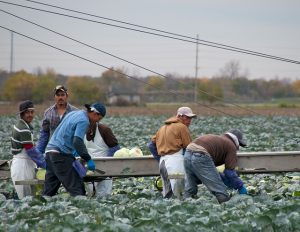
“District staff have indicated that immigrant and migrant families are less likely to identify themselves for services from government agencies including schools because of fear of being reported to federal immigration authorities,” Purkey explained in an email.
Ohio’s Migrant Education Center Director Jose Salinas said the state’s number of migrant students peaked in 2001.
“We had a little over 6,400 kids and it’s been decreasing every year,” he explained.
This year, so far, he said the state has about 1,100 students in the program. That could change with the labor-intensive cucumber harvest approaching, but he said does not expect to see many more migrant students.
Salinas said that two years ago groups of non-Hispanic families began moving to the state to fill in for jobs that Mexican families have left behind. He said a variety of factors contribute to the decline in Hispanic workers.
“The fear that families could be deported, if they are undocumented,” is one factor, Salinas said. “But that is just a certain percentage. The entire migrant population is not undocumented.”
Kids At Risk
Migrant worker issues are more than just a job for Salinas. It’s also part of his family history.
When Salinas was young he moved across the country with his grandparents and parents for seasonal farm work. Each year, he said, they would visit the same farms and their communities. That isn’t as common with migrant families now, he said. As new families move into these new places, it can be more difficult to establish trust in the host community.
Salinas said law prohibits officials with the schools and his program from asking whether a family’s members are documented. But that might not be understood by the families. Something else Salinas says people aren’t always aware of is the age that kids can legally be put to work.
“People are often unaware that kids as young as 12 can legally work in the field,” Salinas said. That workload can make it difficult for kids to keep up in school. “There are lots of at- risk factors that these kids have to go through that can affect how they perform academically.”
He listed the many barriers children might face: Transient lifestyles, limited English proficiency, and temporary homelessness.
“It’s one thing compounded on another,” he said. “Some of these kids actually graduate from high school and you sit back and you think, ‘How in the heck did they do it?’”
Brighter Futures
Salinas said his personal experience helped him understand there are better ways to make an income. That’s just what is happening with the generation of students making their way through programs like Camp Curiosity.
Daviess County migrant students Jose Hernandez, 14, and his brother Alex, 12, hope for a chance at a brighter future through higher education.
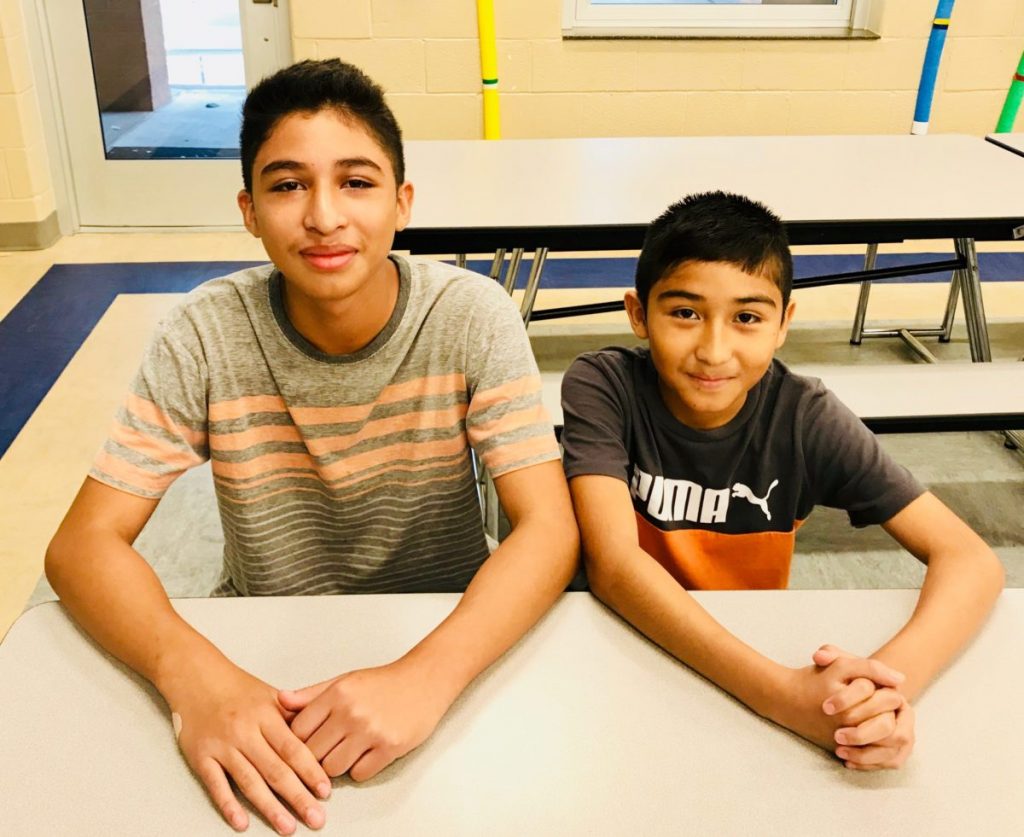
“I’m aiming to be a lawyer,” Alex said. “One of my teachers told me that if I wasn’t a lawyer then I had missed my calling.”
Jacob Bryant is that teacher. Bryant is also helping at the summer migrant camp.
“Everything you say is so impactful when you are dealing with children and young people,” Bryant said, and described the characteristics he saw in Alex that made him think, “lawyer.”
“Alex is an outstanding student,” he said, and loves to talk. “And I think he really enjoys when you aren’t on the same point of view, because he loves to be persuasive in the ways he thinks.”
Bryant is also here to garner new skills of his own, teaching different grade levels and being exposed to new teaching methods.
“We have students right now that need help,” Bryant said. “And so we are here to help them and whatever those needs may be, that is what we are here to do.”
Alex and Jose also like to help by translating in class for students not yet fluent in English. The boys were born in the U.S. and their parents are from Mexico.
Jose said he is working to increase his grade point average to better his chances for college.
“I would have never known about points in high school because I didn’t know about that until Mr. Owens, he told me,” Jose said.
He says his G.P.A. is more important than following the threats of deportation from the president. “He can say whatever he wants, I don’t care,” Jose said.
Jose’s father was deported and he has since lost contact with the family. But Jose said his step-father has filled that role. “My mom was legal to come here because she had a job offer,” he said. But because of what happened to his dad, Trump’s comments make him worry.
So he is focusing on his efforts at Camp Curiosity, a place where he said teachers really care, a place where camp administrator Jason Powers says kids come first.
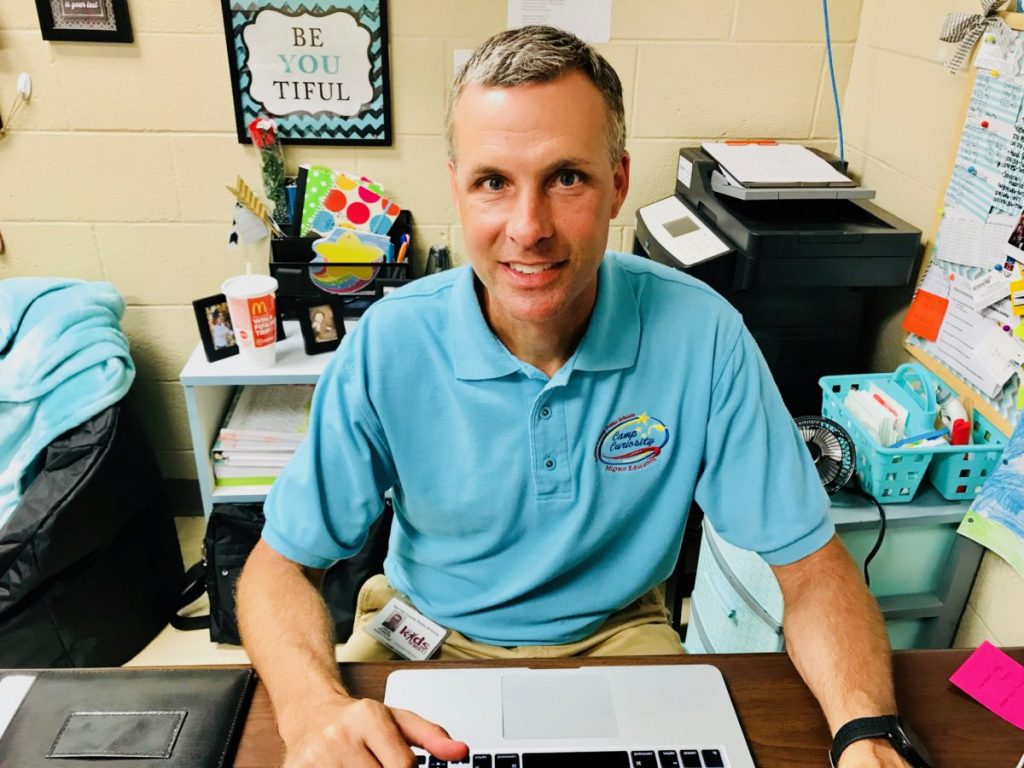
“You know they are just innocent, innocent kids and they’re just like anybody else, they want to get better,” Powers said. “I told them, we are here for you, that is why we are here.”
ReSource data reporter Alexandra Kanik contributed to this story.


